What Are Potassium Loaded Foods? The Top 10 Foods Richest in Potassium
From legumes to green leafy vegetables, here is the top ten foods richest in potassium, a mineral involved in numerous biological functions and essential for the health and efficiency of our body.

Potassium is a mineral essential for the health of our body. In terms of classification, it falls into the category of macroelements, like calcium and magnesium, inorganic substances present in discrete quantities in the body, which play a crucial role in various metabolic pathways.
Potassium is one of the most important minerals for the correct performance of the main vital functions of the human body: it is found in extracellular fluids, where it regulates nervous impulses, muscle contraction, osmotic pressure, acid-base balance and water retention. Fundamental for everyone, as it is involved in numerous different processes, it is even more so for athletes.
During physical activity, or even on particularly hot days, increased sweating can lead to a loss of precious mineral salts; a possible potassium deficiency could manifest itself with muscle fatigue, nausea, tiredness, difficulty concentrating and irritability, but it is often sufficient to follow a healthy and balanced diet to ensure the right intake.
But what are the foods richest in potassium? We often read about eating bananas, a fruit with an excellent quantity of this mineral, but certainly not the only one: it is also abundant in other fruits, such as apricots (especially dried ones) and pears, but also in green leafy vegetables, nuts, legumes; we also find discrete quantities in whole grains, fish and aged cheeses, such as parmesan. Let's see everything in detail.
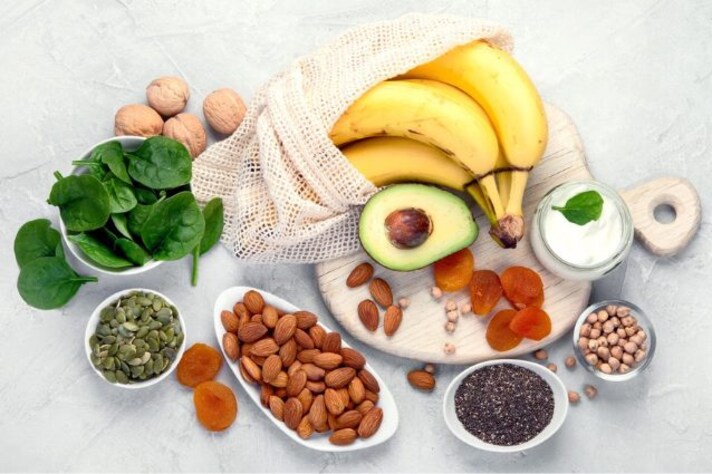
What are Potassium's Main Functions?
Potassium is a mineral essential for the proper functioning of the body, an electrolyte involved in numerous biological functions: blood pressure control, maintenance of pH and hydroelectrolytic balance, transmission of nerve impulses, digestion and bone health, helping to prevent the onset of osteopenia or osteoporosis.
It takes part in muscle contraction, including cardiac contraction, and in various metabolic processes, in particular the synthesis of proteins and the transformation of sugars into glycogen; it also plays a role in regulating sodium levels, when the latter is taken in excessive quantities.
Let us remember that an abuse of sodium (and therefore of ultra-processed products), especially if combined with a potassium and magnesium deficiency, can lead to a worsening of the state of health, in particular at a circulatory and cardiac level.
If your daily diet is varied, nutritionally complete and rich in fruit and vegetables, you are unlikely to experience a potassium deficiency, the consequences of which could be muscle weakness, irregular heartbeat, irritability, difficulty concentrating and nausea.
It is often thought that a deficiency causes muscle cramps, but this is not the case: these are more affected by a magnesium deficiency rather than a potassium deficiency; in any case, before resorting to a food or pharmacological supplement – which could even prove harmful – it is always advisable to consult your doctor who will insert them into a correct physiopathological framework.
Even a high level of potassium, in fact, can be dangerous: in the presence of a renal dysfunction or in the case of taking certain drugs, one could encounter hyperkalemia, an excess of this mineral in the blood; the most frequent consequences are weakness, slowing of the heartbeat and arrhythmias.
Athletes have a higher potassium requirement than sedentary people, so it is advisable that they increase their consumption of foods that are rich in potassium both before and after training .
What Are the Foods Loaded With Potassium?
Fruit and vegetables are among the foods richest in this precious mineral salt, but they are not the only ones: we find excellent quantities in dried legumes, in some types of cereals, in dried fruit, in milk and its derivatives, in chestnuts and in various fish species.
The quantity contained in some vegetables in particular is also good, especially those with green leaves: it should be remembered, however, that boiling in water disperses a large part of the nutrients contained in them, so it is always preferable to consume them raw or, alternatively, in the oven, steamed or in a pan over a high heat for a few minutes, keeping the vegetable always slightly crunchy.
1. Dired Legumes
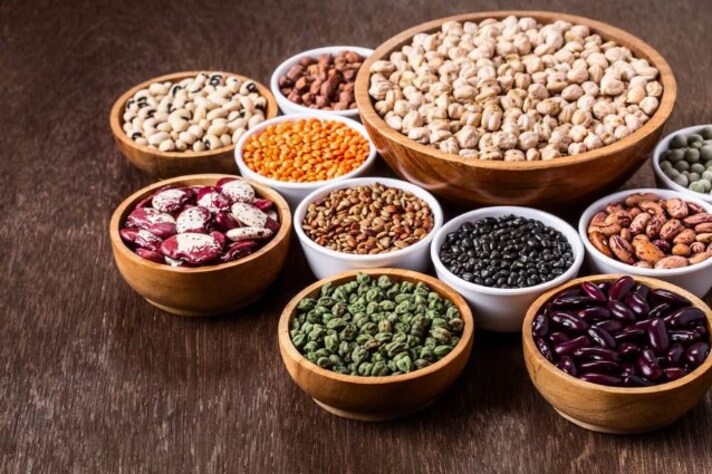
Beans, especially borlotti and cannellini beans, but also chickpeas, peas and lentils are an essential source not only of vegetable proteins, but also of fibers, vitamins and mineral salts, especially potassium. Just think that 100 grams of dried borlotti beans provide about 1478 mg, peas and lentils about 980 mg, while chickpeas 881 mg.
If you suffer from bloating or intestinal discomfort, it is best to rinse them thoroughly and then soak them for a long time in water of at least double their volume; a trick to further improve their digestibility is to add a piece of kombu seaweed to both the soaking water and the cooking water, choose the peeled ones – in this case they do not have to be put in water beforehand – or use them in flour to make piadine, savory pancakes or vegetable omelettes.
2. Soy and Soy Flour
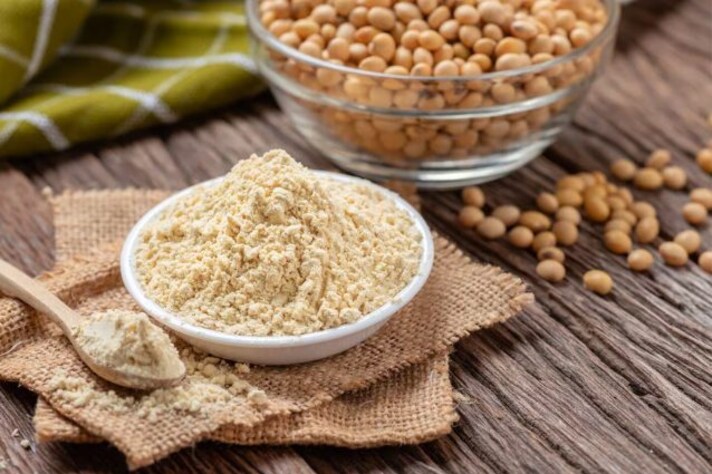
Soy is a herbaceous plant of ancient Chinese origin, belonging to the Leguminosae family. From its seeds, toasted and properly ground, flour is obtained. It is a food with a high energy value, rich in polyunsaturated fats, fiber, vitamins, especially from the B group and mineral salts, in particular potassium (100 grams of dry soy provide approximately 1740 mg, while soy flour 1660 mg).
Naturally gluten free and with an excellent protein content, it is suitable for packaging products for celiacs and gluten intolerants, or for creating tasty plant-based alternatives, such as meatballs, vegetable burgers and cutlets in perfect vegan style.
3. Kiwi
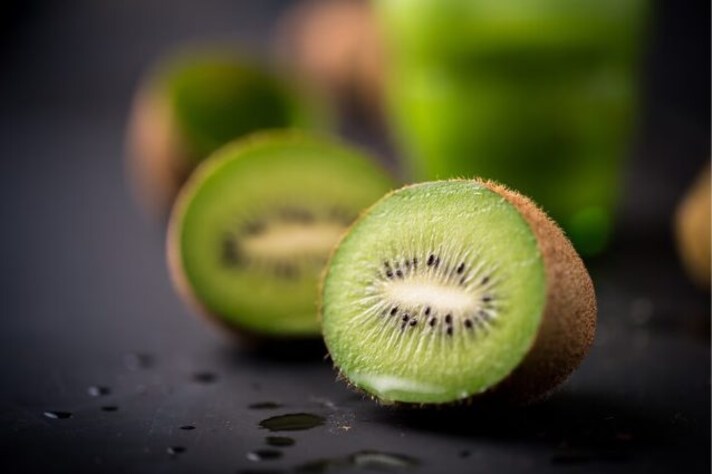
With 400 mg of potassium per 100 grams, kiwis take first place in the ranking of the fruits richest in potassium. Rich in water and fiber , they are a real mine of precious substances for our body; particularly hydrating and beneficial, they are also a very valid aid to promote intestinal motility and combat any problems of constipation: consume one in the morning on an empty stomach, accompanied by a glass of warm water, and you will immediately benefit from its mild laxative effect.
In addition to potassium, kiwis are a precious source of phosphorus, calcium, magnesium and vitamin C: just think that just one fruit a day is enough to satisfy the daily requirement of ascorbic acid, even higher than that contained in oranges. For all these reasons it is a food particularly recommended for athletes, convalescents, pregnant women and the elderly.
4. Apricots
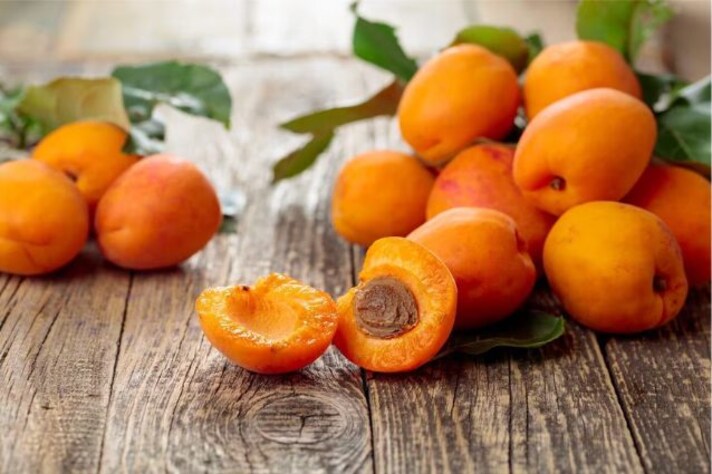
Sweet, with a very light acidic note, pulpy and irresistible, apricots are the undisputed queens of the summer season: rich in water, fiber and simple sugars, they are characterized by the excellent quantity of vitamins and mineral salts, especially potassium. 100 grams of their fleshy and sugary pulp, if properly ripe, provide 320 mg of this mineral.
For this reason, they are the ideal choice for athletes or for those who are facing a period of convalescence or great physical tiredness; the quantity of potassium in this fruit subjected to drying or dehydration is exceptional: 979 mg per 100 grams of dried product and a good 1260 mg for the dehydrated ones.
Obviously, since these are foods with a very high concentration of sugars, they should be consumed in moderation and in very small quantities, especially before and after an intense training session. We also read the labels carefully and select only those products without added sugars. Fresh ones, on the other hand, can be consumed alone or combined with other fruits, to create colorful and delicious fruit salads or sweet salads.
5. Bananas
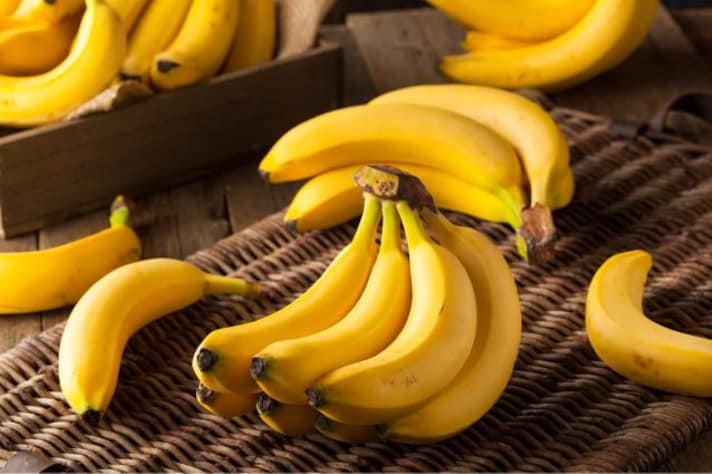
One of the most loved tropical fruits of all, also for its ease of transport and consumption, bananas are a real mine of vitamins and mineral salts, friends of the heart and a very valid aid in cases of stress and fatigue.
Although they are not among the foods with the highest potassium content, they are a favorite among athletes both pre- and post-workout: they still provide 350 mg per 100 grams, which, considering that an average fruit weighs about 180 g, is a good amount, useful for making a decent supply.
How can they be consumed? Truly in a thousand different ways: you can use them to enrich a fresh and colorful fruit salad, make a smoothie with vegetable milk, cocoa and honey to replenish your energy after sports, you can make a healthy and delicious nana ice cream or use the naturally sugary pulp to give sweetness and softness to your morning pancakes.
6. Avocado
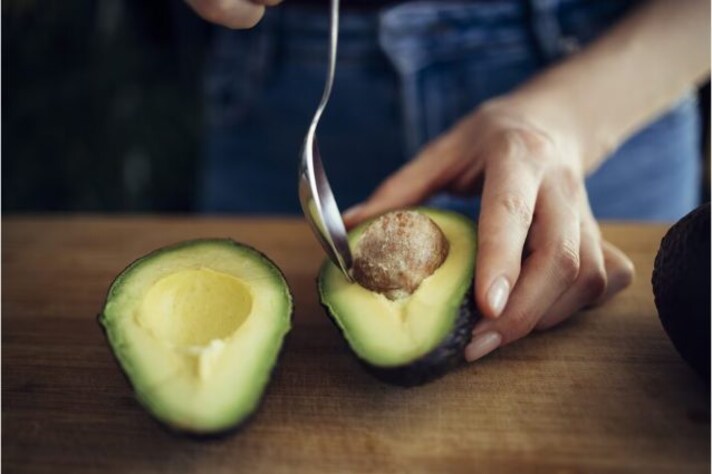
Nutritious, rich in good fats and versatile, avocado is the most glamorous tropical fruit ever, rightfully considered a true super food. Despite belonging to the category of fleshy fruits, avocado has distinctive organoleptic characteristics: it contains less water, sugars and water-soluble acids than classic fruit, but many more lipids; for this reason, from a nutritional point of view, it should be considered on a par with extra virgin olive oil, butter or dried fruit.
The quantity of potassium is excellent: 400 mg per 100 grams of pulp. However, precisely because it is a source of fat in all respects, it must be included in the right doses and frequencies: a quarter of an avocado, in fact, is equivalent to about a tablespoon of extra virgin olive oil.
How can it be consumed? Pure, simply with a pinch of salt and a few drops of lemon juice, spread on bread and completed with a soft-boiled egg, for a savory breakfast with a low glycemic index, or used as a main ingredient in salads, smoothies and sweet and savory recipes: thanks to an exceptionally buttery consistency it will make brownies and plum cakes melt.
7. Dried Fruit
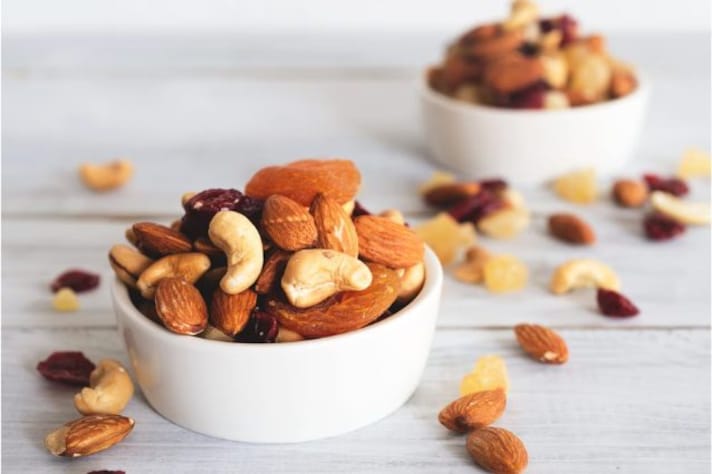
Nutritious, energetic and satiating, dried fruit is a real concentrate of nutrients: a good source of vegetable proteins and amino acids, it is rich in polyunsaturated fats omega 3 and omega 6, fibre, vitamins and mineral salts; among the latter, potassium stands out: 100 grams of pistachios provide approximately 972 mg, sweet almonds 780 mg and pecan nuts 603 mg, just to give some numbers.
Precisely because they are rich in good fats, almonds, walnuts, hazelnuts & co. satisfy for a long time and are an excellent snack to break the hunger; they have a low glycemic index and therefore ensure prolonged satiety. What is the right daily dose? Obviously it depends on individual needs, but an average quantity settles around 20-30 grams.
In order to make it more bioavailable, it is preferable to consume it without the skin or after having previously soaked it in water to remove the anti-nutrients: these, by trapping the mineral salts, make their absorption less available.
8. Dates
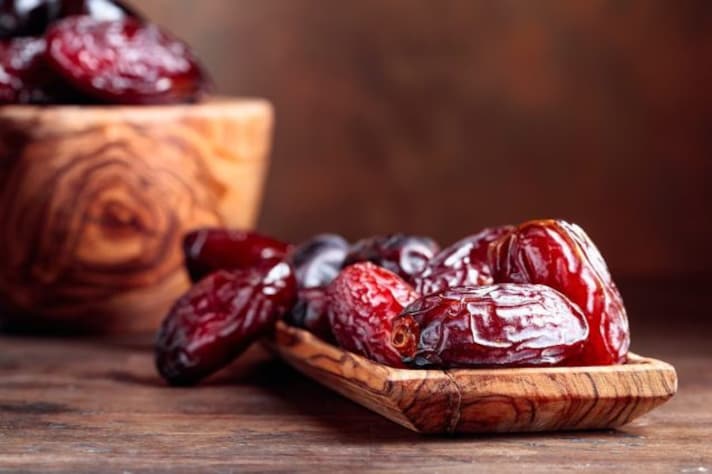
Fruits of an ancient plant of African origin, dates conquer everyone with their fleshy and irresistibly sugary pulp. In addition to being a true gastronomic delight, a must on holiday tables, these fruits are also a concentration of benefits: very energetic and rich in carbohydrates, they are an excellent source of vitamins and mineral salts, especially potassium; 100 grams of dried dates provide approximately 750 mg.
Since these are dried fruits, particularly high in calories and with a high concentration of simple sugars, it is best not to exceed the quantities and include them at breakfast or as a snack, combining them with a source of good fats, such as dark chocolate, one or two walnut kernels or a teaspoon of almond butter (this last combination will surprise you).
Obviously we are talking about naturally dried dates, without added sugars, syrups or additives, so we always read the label carefully and only buy those products that are free of them.
9. Chestnuts
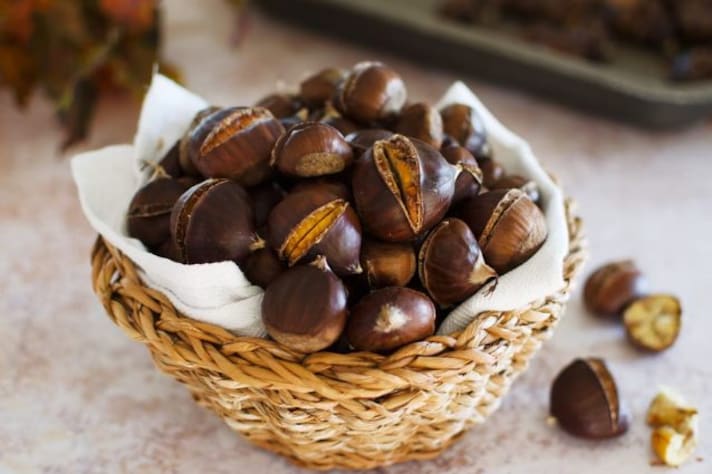
With 395 mg per 100 grams of pulp, chestnuts also earn a place in the top ten of foods richest in potassium. An autumn fruit par excellence, chestnuts are a highly nutritious and energizing food, so much so that they were once called the "bread of the poor".
They are mainly composed of complex carbohydrates and precisely because of these nutritional characteristics they must be consumed as an alternative to another carbohydrate source, such as pasta, bread, rice or a portion of potatoes. Steamed, roasted or boiled, they are always a delicacy that is impossible to give up, in front of a crackling fireplace or walking through the alleys of the city, to be included however with the right criteria.
Flour is also an excellent source of potassium – 847 mg per 100 grams – which can be used to make piadinas, crepes, pancakes, tarts and castagnaccio, a typical delicacy of Tuscan gastronomy.
10. Spinach
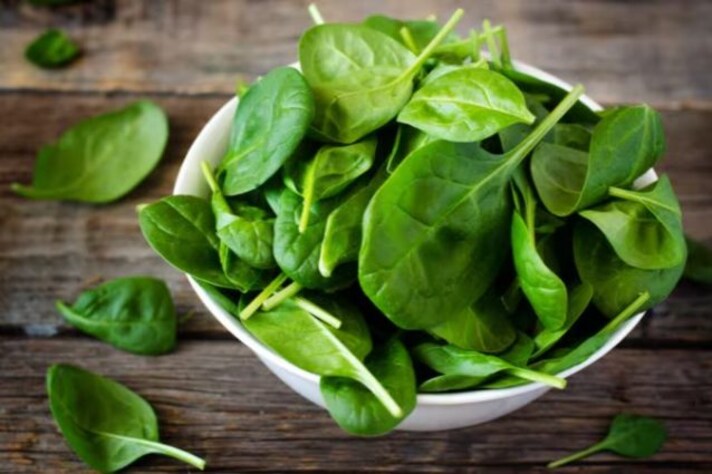
Although we grew up with the mistaken belief that spinach is an exceptional source of iron, thanks to the famous Popeye character, these green leafy vegetables boast an excellent quantity of potassium: 100 grams of raw product provides a good 570 mg. The quantity drops slightly if we cook them: boiling them drops to 466 mg, since a small amount is lost in the water.
For this reason, it is preferable to eat them raw, perhaps in a nice mixed salad completed with a protein source, a handful of mixed seeds and a few slices of toasted bread: a satisfying, light summer meal that will not weigh down digestion, already put to the test by the torrid outside temperatures.
;Resize,width=767;)
;Resize,width=712;)
;Resize,width=712;)
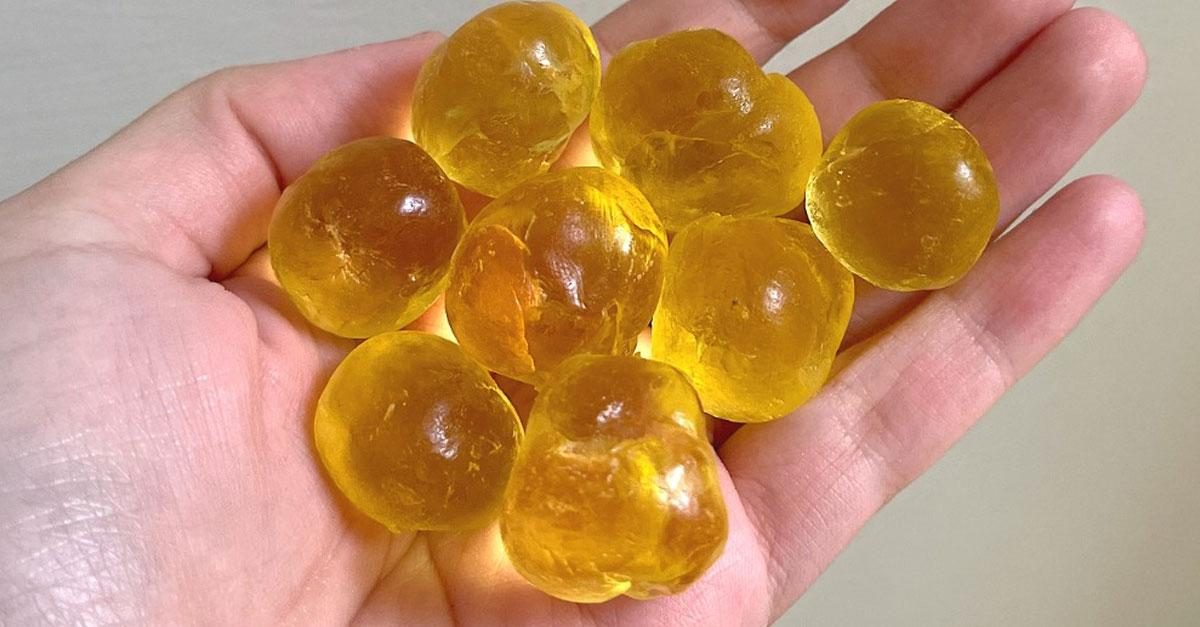;Resize,width=712;)
